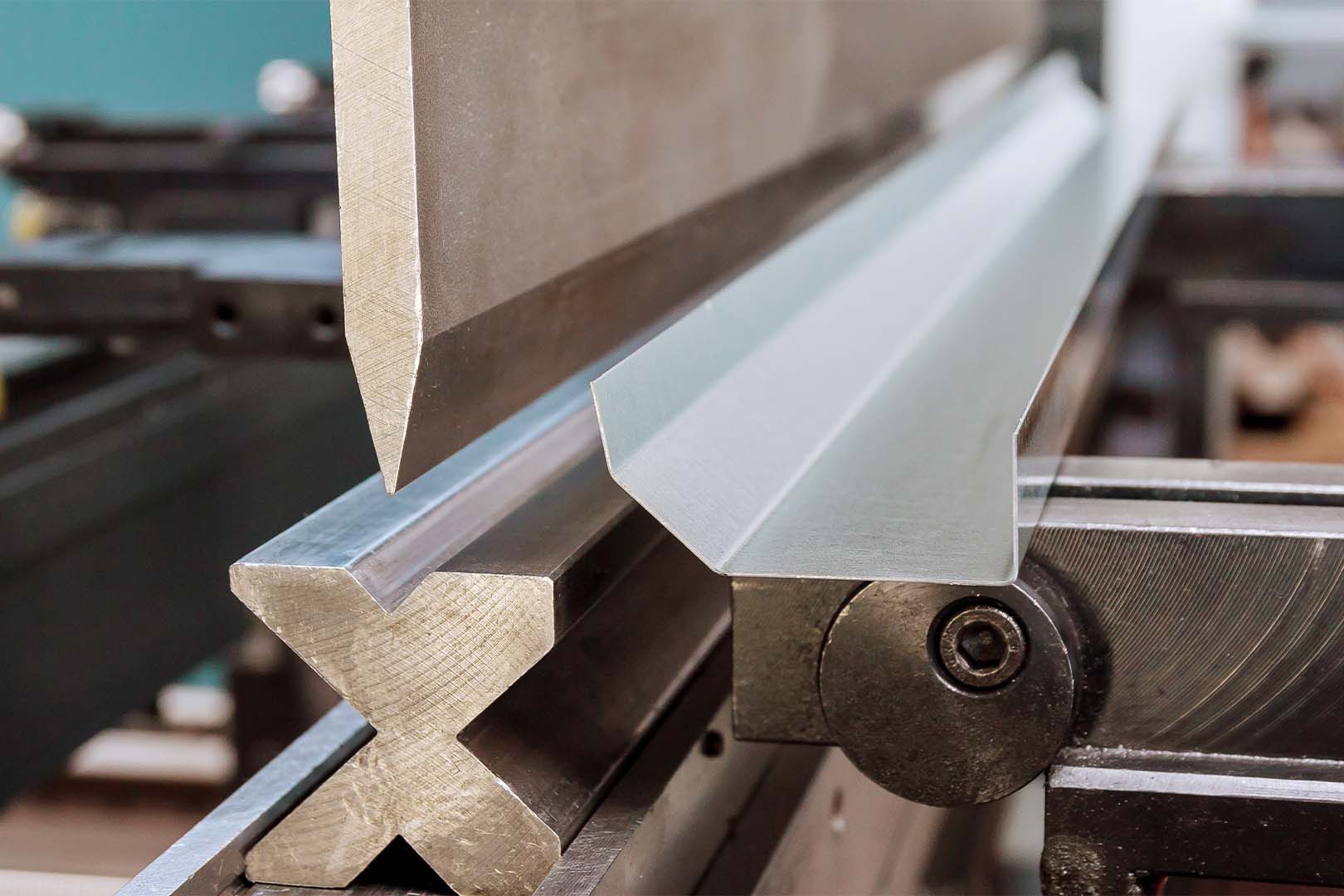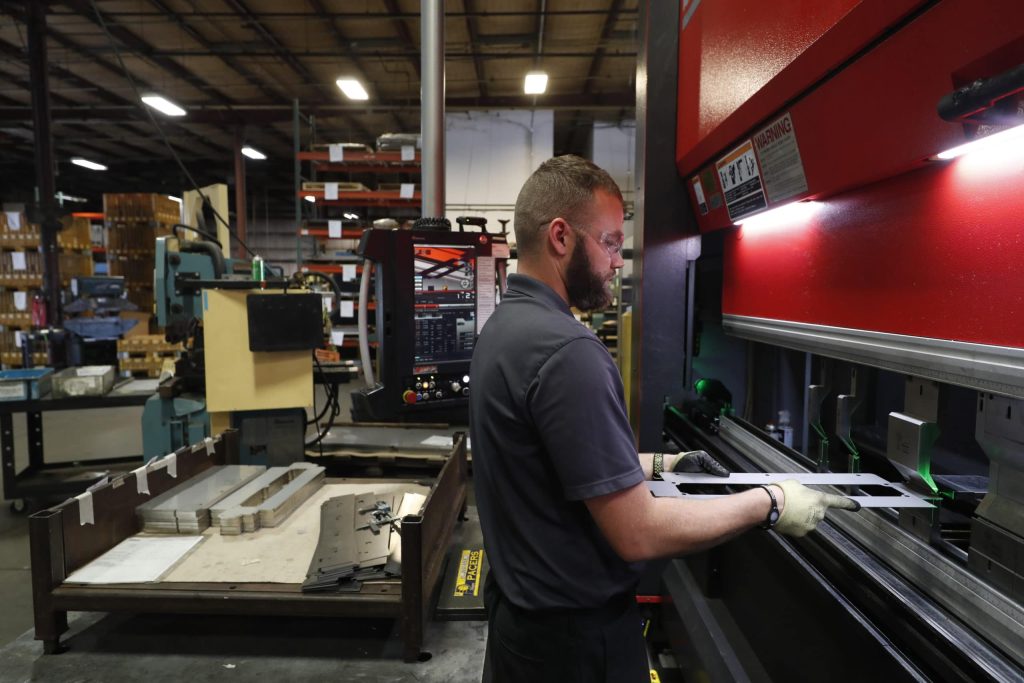Table of Contents
Are you looking to learn the art of fabricating sheet metal? Whether you are a beginner or an experienced metalworker, mastering the fabrication process is an essential skill that can open up a world of possibilities for your projects. In this guide, we will take you through the basics of sheet metal fabrication, from the tools you will need to the step-by-step process for creating precise and durable metal structures. So, let’s dive in and discover the art of sheet metal fabrication!
How to Fabricate Sheet Metal: A Comprehensive Guide
Fabricating sheet metal is a crucial skill for anyone involved in metalworking, whether you’re a DIY enthusiast or a professional. Sheet metal is used in a variety of applications, from car bodies to HVAC systems, and being able to fabricate it to your specific needs can save you time and money. In this article, we’ll take a look at the process of fabricating sheet metal and provide you with a step-by-step guide to help you get started.
1. Materials and Tools
The first step in fabricating sheet metal is to gather all the necessary materials and tools. You’ll need a sheet metal gauge, which is used to measure the thickness of the metal, as well as a pair of tin snips or a metal cutting saw to cut the metal to size. You’ll also need a metal brake, which is used to bend the metal, and a set of hand seamer pliers to create the necessary curves and angles.
In addition to these basic tools, you may also need a drill and drill bits, a rivet gun, and a welding machine, depending on the specifics of your project. It’s important to have all the necessary tools on hand before you start working with sheet metal to avoid delays and frustration.
2. Measuring and Cutting Sheet Metal
Once you have all the necessary tools, you can start measuring and cutting your sheet metal to the desired size and shape. To do this, use your sheet metal gauge to determine the thickness of the metal, and then mark your cutting lines with a straight edge and a marker.
Next, use your tin snips or metal cutting saw to cut along the marked lines. Be sure to wear gloves and eye protection during this step, as sheet metal can be sharp and dangerous.
3. Bending Sheet Metal
After you’ve cut your sheet metal to size, you’ll need to bend it to create the necessary angles and curves for your project. To do this, use your metal brake to create straight bends, and your hand seamer pliers to create curved bends.
When using a metal brake, be sure to adjust the clamp pressure and the bending angle to match the thickness of your sheet metal. For curved bends, use your hand seamer pliers to grip the metal and create the desired curve.
4. Joining Sheet Metal
Once you’ve bent your sheet metal to the desired shape, you’ll need to join it together to create your final product. There are several ways to join sheet metal, including riveting, welding, and soldering.
Riveting involves using a rivet gun to insert metal fasteners into pre-drilled holes in the sheet metal. Welding involves using a welding machine to melt the metal together at the joint. Soldering involves using a metal alloy to create a strong bond between the two pieces of sheet metal.
5. Finishing Sheet Metal
After you’ve joined your sheet metal together, you’ll need to finish it to give it a polished, professional look. This can include sanding down any rough edges or welds, painting or powder-coating the metal, or applying a clear coat to protect it from rust and corrosion.
When finishing sheet metal, it’s important to take your time and pay attention to detail to ensure that the final product looks smooth and professional.
6. Benefits of Fabricating Sheet Metal
There are several benefits to fabricating sheet metal instead of purchasing pre-fabricated pieces. First and foremost, fabricating your own sheet metal allows you to customize your project to your specific needs and specifications.
Additionally, fabricating sheet metal can be more cost-effective than purchasing pre-fabricated pieces, especially if you have the necessary tools and skills already on hand.
7. Fabricating Sheet Metal vs. Other Materials
While sheet metal is a popular material for a variety of applications, it’s not always the best option. When deciding whether to fabricate sheet metal or use another material, it’s important to consider factors such as strength, durability, and cost.
For example, if your project requires a material that is lightweight and easy to work with, sheet metal may be the best option. However, if your project requires a material that is extremely durable and able to withstand harsh conditions, another material such as steel or aluminum may be a better choice.
8. Common Mistakes to Avoid
When fabricating sheet metal, there are several common mistakes that can lead to frustration and wasted time. These include using the wrong tools or materials, cutting the sheet metal incorrectly, and failing to properly join the metal together.
To avoid these mistakes, be sure to carefully read and follow all instructions, take your time during each step of the process, and double-check your work before moving on to the next step.
9. Tips for Success
To ensure that your sheet metal fabrication project is a success, there are several tips to keep in mind. These include practicing on scrap material before starting your actual project, using a metal brake to create precise bends, and taking the time to properly finish and polish the metal.
Additionally, it’s important to stay organized and keep your workspace clean and clutter-free to avoid accidents and ensure that you have all the necessary tools and materials within reach.
10. Conclusion
Fabricating sheet metal can be a challenging but rewarding task, allowing you to create custom pieces that meet your specific needs and requirements. By following the steps outlined in this article and keeping these tips in mind, you can successfully fabricate sheet metal and create a finished product that looks polished and professional. Just remember to take your time, stay organized, and pay attention to detail, and you’ll be well on your way to becoming a skilled sheet metal fabricator.
Frequently Asked Questions
Here are some commonly asked questions about how to fabricate sheet metal:
What is sheet metal fabrication?
Sheet metal fabrication is the process of creating metal structures by cutting, bending and assembling sheets of metal. This process is used to create a wide range of products, from car parts to household appliances.
Sheet metal fabrication involves a variety of techniques, including cutting, bending, welding and punching. The process requires specialized equipment and skilled technicians who are able to manipulate metal sheets into the desired shape.
What materials are used in sheet metal fabrication?
A variety of metals can be used in sheet metal fabrication, including stainless steel, aluminum, brass, and copper. The type of metal used depends on the application and the desired properties of the finished product.
The thickness of the metal sheet used also varies, with thinner sheets typically used for smaller, more intricate parts and thicker sheets used for larger, more durable structures.
What are the different techniques used in sheet metal fabrication?
There are several techniques used in sheet metal fabrication, including cutting, bending, welding, and punching. Cutting involves using a saw, laser or plasma cutter to cut the metal sheet into the desired shape. Bending involves using a press brake to bend the sheet into the desired shape.
Welding involves fusing two pieces of metal together using heat and pressure, while punching involves creating holes in the metal sheet using a hydraulic press.
What are the benefits of sheet metal fabrication?
Sheet metal fabrication offers several benefits over other manufacturing processes. It is a cost-effective way to create metal structures, as it requires less material than other methods. It also allows for greater precision and customization, as metal sheets can be cut and bent into precise shapes and sizes.
Sheet metal fabrication also produces durable and long-lasting products that can withstand harsh environments and heavy use. It is also a more environmentally friendly option, as it produces less waste than other manufacturing processes.
What industries use sheet metal fabrication?
Sheet metal fabrication is used in a wide range of industries, including automotive, aerospace, construction, and electronics. It is used to create everything from car parts and airplane components to building facades and electronic enclosures.
The versatility of sheet metal fabrication makes it a popular choice for many industries, as it can be used to create a wide range of products that are strong, durable, and long-lasting.
In conclusion, fabricating sheet metal is a crucial skill that many industries rely on for their products. By following these steps, you can ensure that your sheet metal fabrication project is a success. Remember to always begin with proper planning and measuring, choose the right tools and materials, and practice safety precautions throughout the fabrication process.
Not only can sheet metal fabrication be a fulfilling and rewarding career, but it can also be a cost-effective solution for DIY projects. With the right tools and techniques, you can create custom metal pieces that fit your exact specifications.
Overall, learning how to fabricate sheet metal can open up a world of possibilities for your projects and career. By taking the time to hone your skills and practice safety precautions, you can create high-quality metal pieces that will stand the test of time.
Request a quote today!
[contact-form-7 id="1578" title="Contact form"]
Please compress the file into a ZIP or RAR file before uploading. Alternatively, send through your RFQ by email.
enquires@unitymanufacture.com



